Psychological Effects Of The Color Gray
Use the psychological effects of the color gray to create a subtle, sophisticated look for your home.
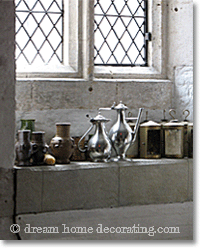
Many people think of gray as a "safe" color, but that is not true at all!
With gray, it's possible to create either fantastically gorgeous or truly awful interiors.
Let's start with the good stuff.
Used well, the color gray can lend interiors an elegant formality that is subtle without being overly conservative.
It is the color if you want to create an air of calm, understated confidence. For gray to have this psychological impact, it's best combined with whites and other neutrals.
But you needn't stop there. Gray can be a wonderful background color for other, more intense colors. If you get the right shade of gray (more about that below!) and stir it into a more adventurous room color scheme, it will make the other colors 'sing'.
Apart from its psychological effects, gray also has a practical property that makes it very useful for manipulating paint colors: If you are decorating with ready-mixed paints, stir a bit of gray paint into them and it will take the synthetic edge off.
Gray can bring any color to life.
This page is about the effects of grey color ...
... for more info about color psychology, please go to the general psychology of color article.
On the other hand, the color gray often contains other colors. You can get the whole gamut from yellowish to orangey-brownish to purplish, bluish and greenish grays, and their psychological effects can be quite different, particularly when you use them over large areas. Check out these grey/neutral color schemes to see what I mean!
For example, a yellowish, 'murky'-looking version of gray can look quite depressing, especially if you paint more than one wall with it and combine it with brown hues in a room.
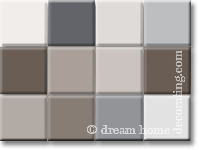
But a really neutral hue of gray (that is, a gray that has no color in it apart from 'clean' white and black) will tend to look clean and crisp in most color combinations.
(Click here for some more information about creating Neutral Color Palettes).
So the first essential thing to get right is to pick a hue of gray that works with the other colors. How do you do that?
By experimenting. it's the only way you can really tell if a shade of gray - or any other color for that matter - will work for a room.
You need to see it in that room, next to the other colors and in the correct light. (This will also tell you whether you're getting the desired psychological effects of a color!)
The danger with gray is that if you have this color on too many surfaces, with no other color (or a clean white) to brighten it up, the color gray will be overpowering and you'll end up in a dull, moody environment.
But throw in some whites, or more intense colors, and the color gray will become a chic, sophisticated canvas for your life.
To check out the psychological effects of other colors, take your pick from the following links:
|
Psychological Effects Of The Color Brown |
Psychological Effects Of The Color Orange |
Psychological Effects Of The Color Red |
|
Psychological Effects Of The Color Pink |
Psychological Effects Of The Color Purple |
Psychological Effects Of The Color Blue |
Yet to find the information you're looking for? Type a word or phrase into the search box below:
Alternatively, return from Psychological Effects Color Gray to the main Color Psychology information page, or to the



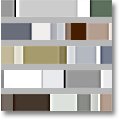
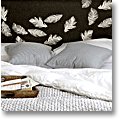
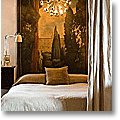
New! Comments
Have your say about what you just read! Leave me a comment in the box below.